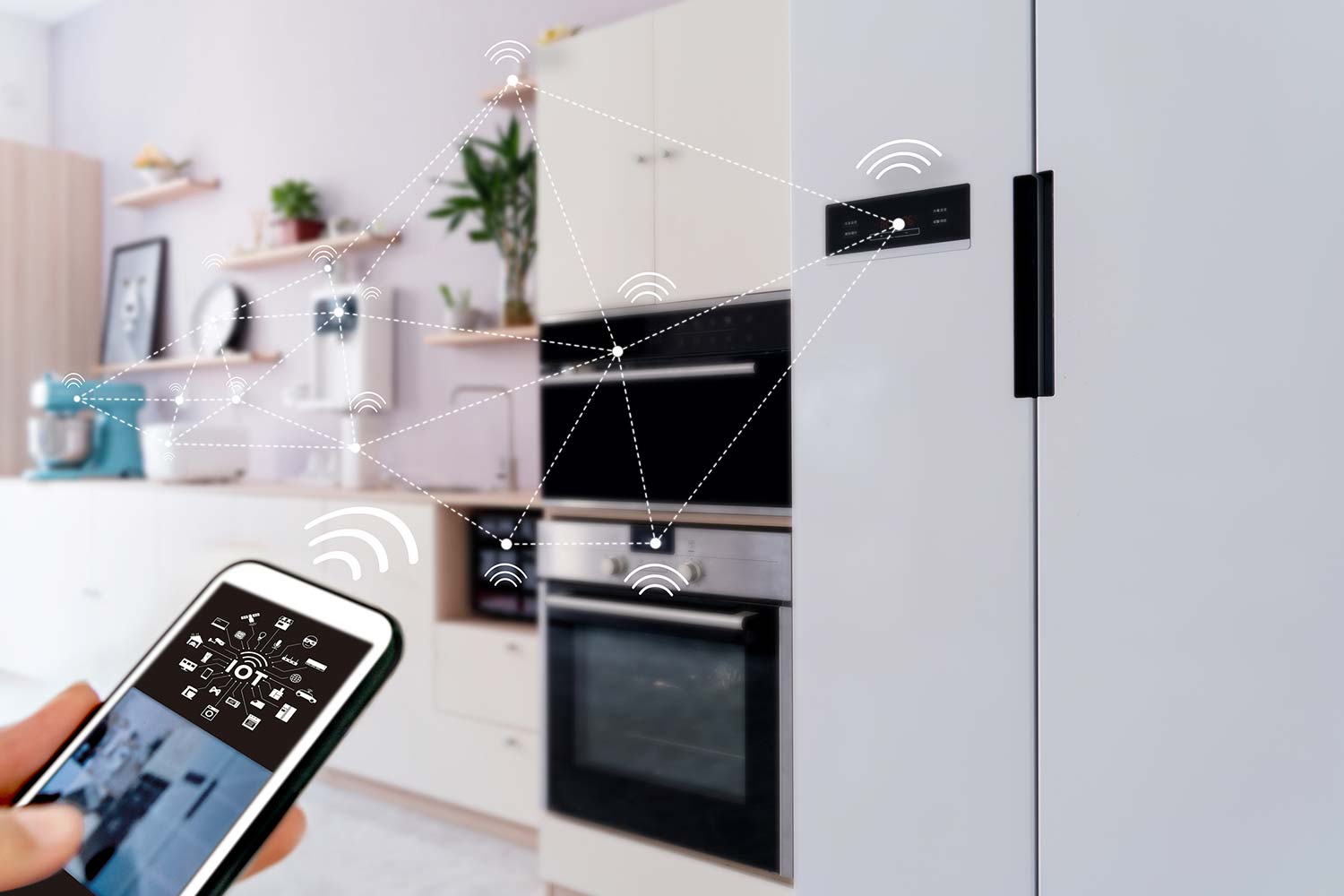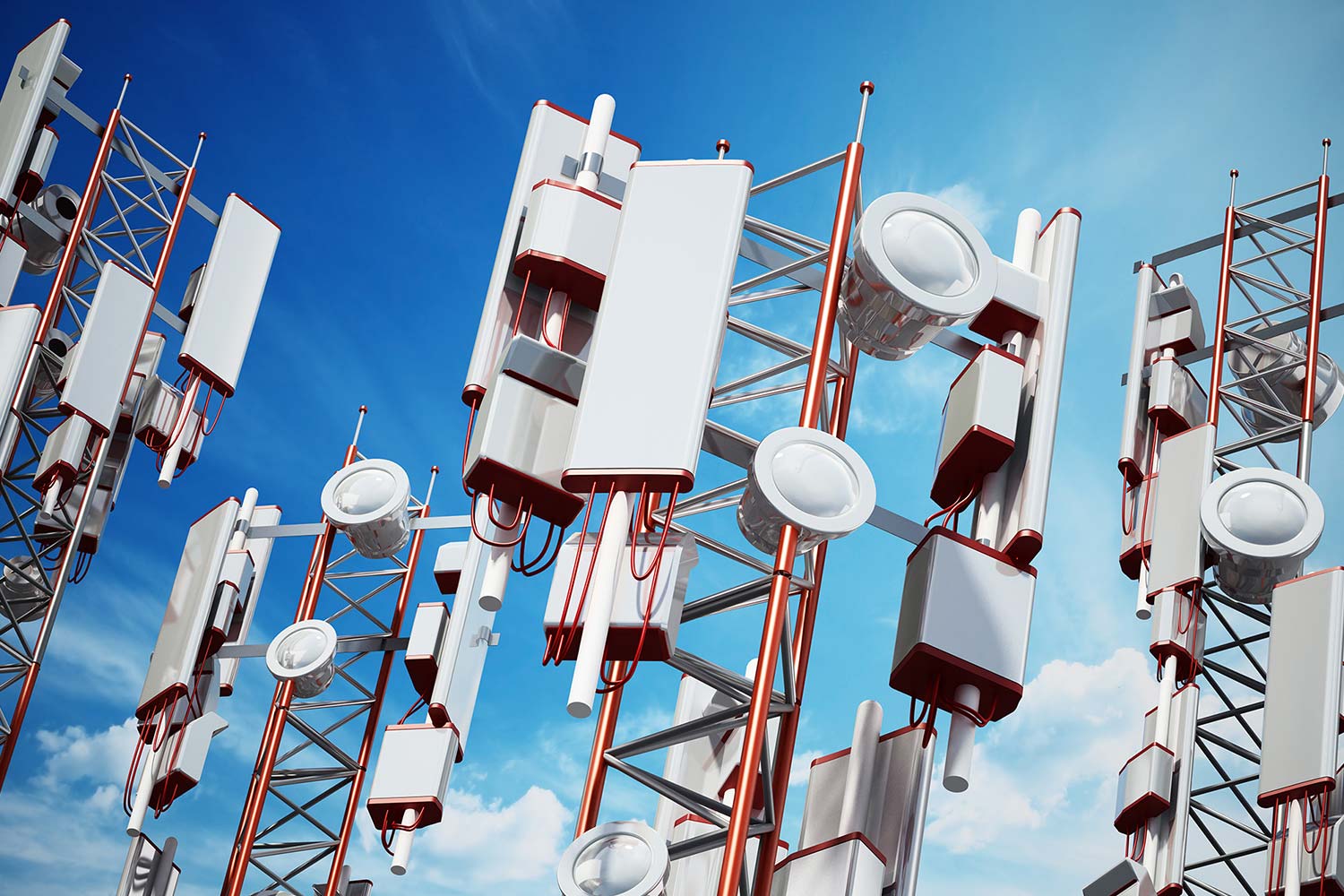Unprecedented connections
What drives a 5G network is the speed with which it delivers the experiences people want. It is theoretically capable of hitting 20 times the speed of current 4G LTE technology when it fully evolves. That will enable it to connect people and their devices in ways never seen before. 4G LTE will act as the foundation for what’s coming, and 5G will slowly spread and cover the most populous parts of Canada in the years to come.
5G stands for “fifth generation” and it is meant to encompass more than just mobile devices. Its network capacity will plug into products and services across industries, from connected vehicles to smarter homes and ecosystems driven by the Internet of Things (IoT). Cities and their public infrastructure will be plugged in to help improve traffic and safety for more efficient resources.

Mapping out coverage
Building a 5G network takes time in a country as vast as Canada. That’s why the densest cities will be the first to experience the new evolution in wireless connectivity. Rogers, Bell, and Telus are now offering 5G network service in Canada.
The 5G coverage map will be a fluid project expanding outward from the largest cities, adding more municipalities as time goes on. It’s a process that will likely take years to achieve, but when 5G connectivity reaches a majority of the population, the results will be game-changing.
For the time being, 4G LTE will play a facilitating role, stepping in for users when 5G coverage isn’t available, much like 3G has done for LTE over the years. Faster broadband speeds are in the pipeline, providing a greater level of access to content.

Instant and convenient
One of the keys to a 5G network is how much it reduces latency. That means it will take less time to send and receive far more data than we currently use today. The response time will be so quick and immediate that it will enable devices to connect and “speak” to each other in real time.
That will help in developing autonomous vehicles able to communicate with each other and city infrastructure to ensure a safe driving experience at all times. It would drastically cut down how long it takes to stream or download content on your devices, taking the idea of “on-demand” to a different plateau.
Anyone could download a Full HD 1080p movie on a smartphone in mere seconds. Ultra HD and 4K content would only take minutes. Voice assistants will be able to respond to queries immediately, and have a more sophisticated delivery when relaying information. Smart home devices will only get smarter when they have more bandwidth and speed to work with.

Spreading the word
New 5G networks will use new bands of radio spectrum. Not just from 4G LTE, but also from “millimetre waves” that broadcast at frequencies ranging from 30 to 300GHz. These bands communicated through satellites and radar systems in the past, but will now form the core of 5G connectivity.
It marks a huge jump from the sub-6GHz bands used to date, only that vendors and authorities have to build additional infrastructure to accommodate it. Millimetre waves struggle to penetrate buildings, so “small cells” and repeaters will help propagate the signal for better reception in denser areas.
5G will take advantage of technologies like, massive MIMO (multi-input, multi-output) and beamforming to direct signals with less interference. All 5G base stations will be able to simultaneously transmit and receive signals on the same frequency, instead of switching to different bands to do both jobs. It will make for much faster communication across people and devices.
Ready to take the next step?




